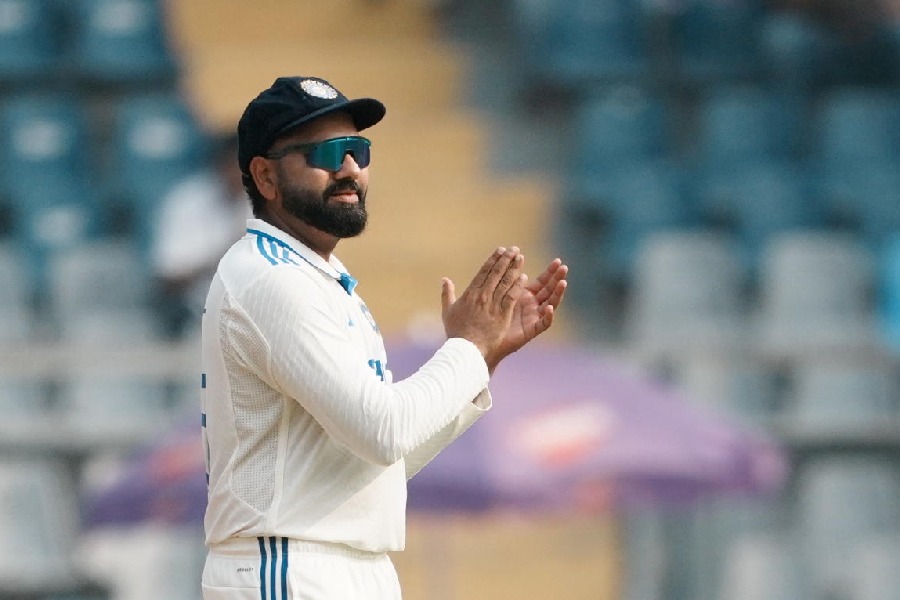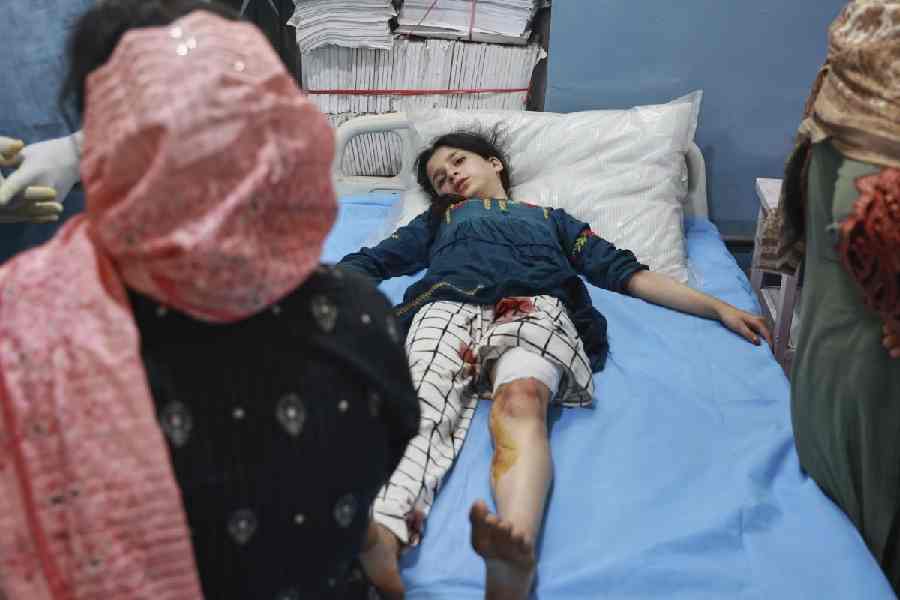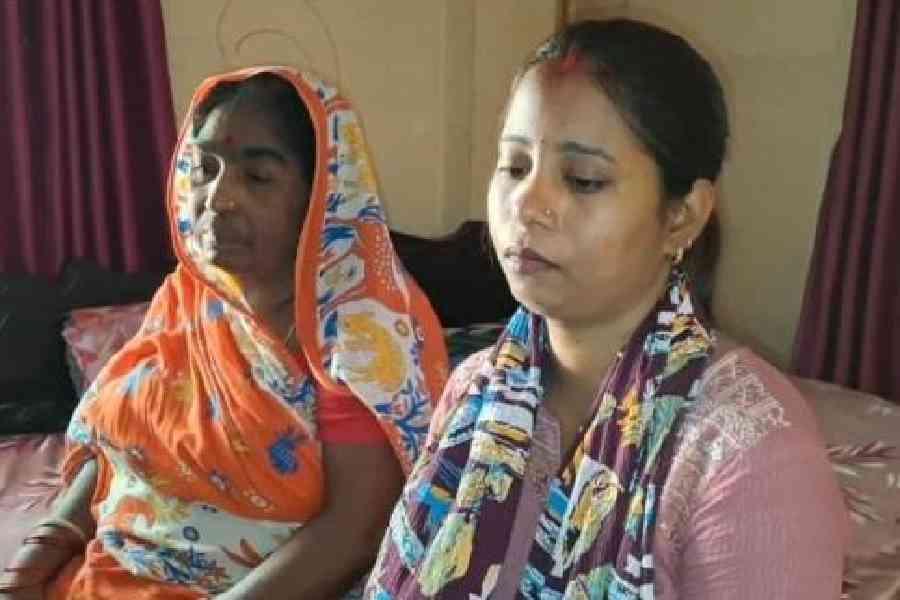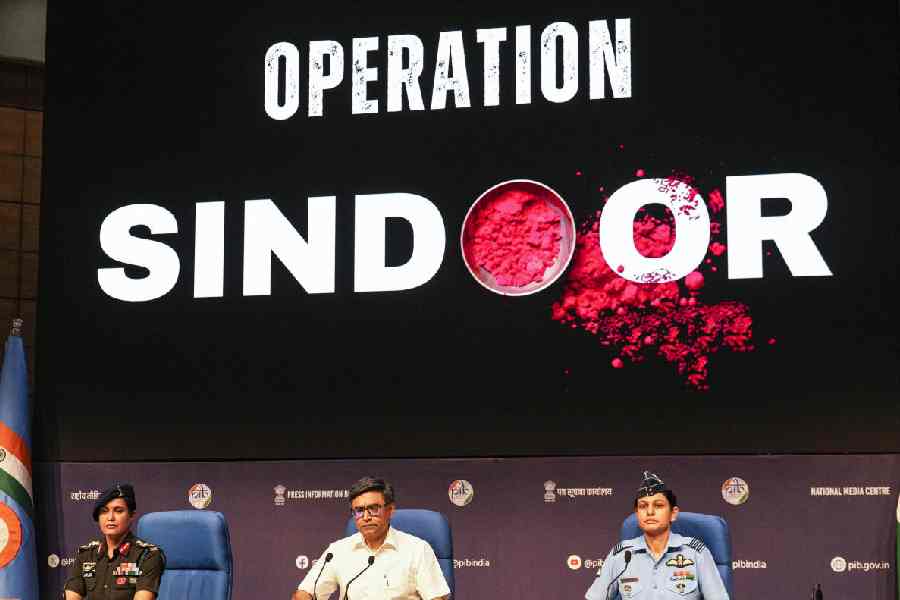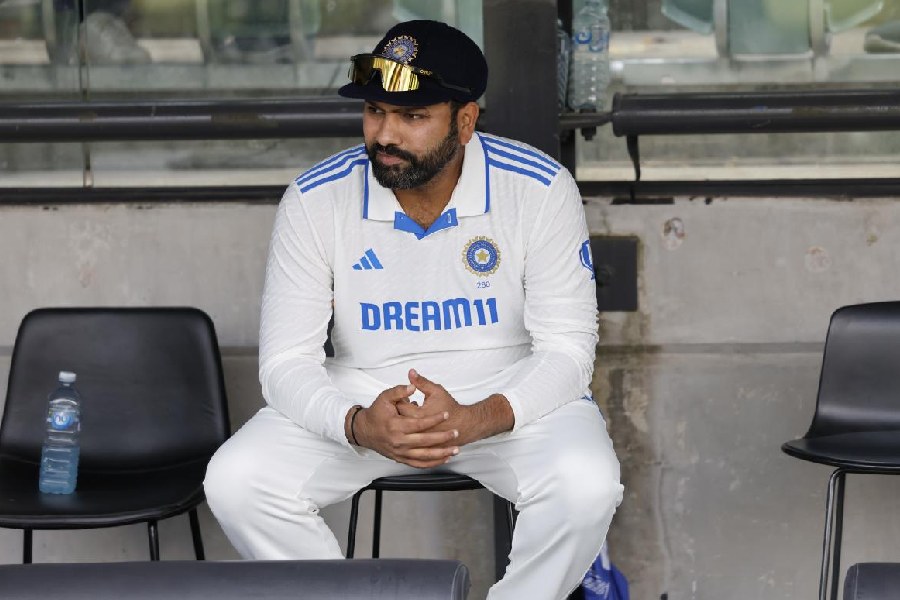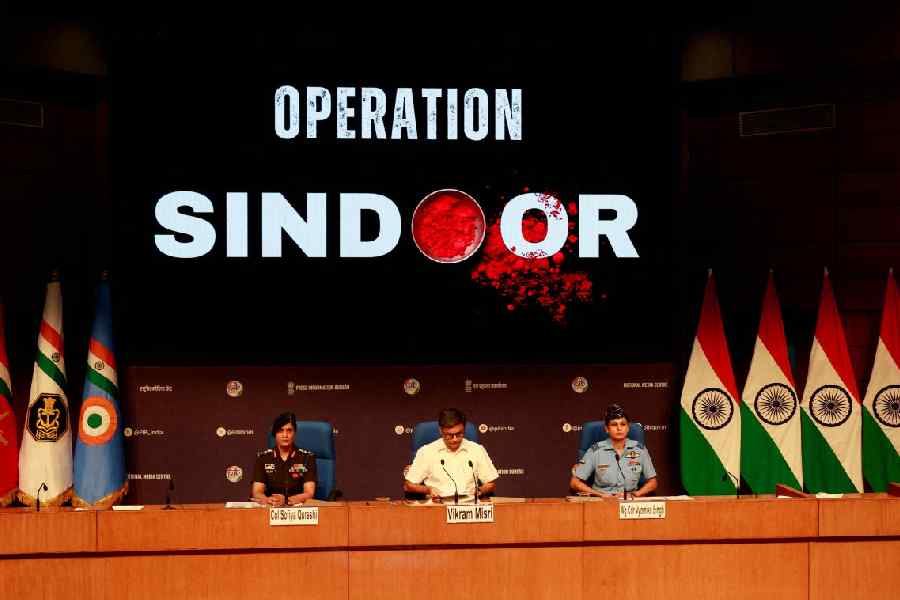 |
| An illuminated Victoria Memorial, a heritage building |
The Heritage Conservation Committee of the Calcutta Municipal Corporation (CMC) has been reconstituted after dissolving the earlier team and inducting some new faces into the 14-member body, according to a highly-placed CMC source.
Khalil Ahmed, the municipal commissioner, continues to be the chairman, with Subrata Kumar Seal, director-general, project management unit, CMC, as convener. Artist Ramananda Bandyopadhyay, who was a member of this body during the Left Front regime, has returned. He replaces artist and Trinamul critic Samir Aich, who had resigned earlier. Pranab Chatterjee joins as historian replacing Soumitra Srimani, whose PhD dissertation was on the anatomy of colonial Calcutta.
Ecologist Kalyan Rudra continues to be a member, but architect Manish Chakrabarty has joined as a member replacing Subir Basu. Debasis Pal of the CMDA is also a member, and so are the director, directorate of archaeology and museum, Bengal government, and the chief valuer and surveyor, CMC.
The invitees are Anindya Karphorma, director-general, building, CMC (earlier Karphorma held the post that Subrata Kumar Seal occupies now); Nilanshu Bhushan Basu, principal chief engineer and chief municipal engineer, CMC; Ashok Kumar Roychoudhury, former director general, building, CMC; Shrishtidhar Santra, joint municipal commissioner, general development, CMC; and Shrikant Mohta, Shree Venkatesh Films, a media and entertainment company headquartered in Calcutta.
Of the earlier team, professor Keya Dasgupta, who specialises in urban geography, had put in her papers over a month ago. Others replaced are urban historian Debasis Bose, journalist Indrajit Chaudhuri and activist Somnath Ghosh, who knows Calcutta like the back of his hand as he has walked down practically all its roads and lanes.
Calcutta was the last among three metros — the other two being Mumbai and Chennai — to take any measures to protect its precious built heritage, both “white” (colonial) and “vernacular” — palaces of north Calcutta and dwellings with a distinctive character of their own located all over the city.
Although nothing significant has been done over the years to save Calcutta’s rich architectural legacy — even the listing is not complete — one thing is sure: even ordinary people are familiar with the word “heritage” now.
Mumbai was the first to introduce conservation legislation in 1995, followed by Chennai — 1996-97. The CMDA published a list of only 72 buildings in the 10th schedule of its “land use urban development control plan”, although the actual number was less as some names overlapped.
The CMC’s Heritage Conservation Committee published a slightly longer version with 88 entries. Facing a barrage of criticism, it was compelled to set up an expert committee with historian Barun De as its chairman on October 6, 1997. De died just a year ago.
There was no one around to do the legwork involved in producing a comprehensive list.
Debasis Bose, architect Souvanik Roy and Indrajit Chaudhuri were inducted as invitees on December 29, 1997. A core committee was formed in February 1998 to undertake a thorough survey of the city with these three. Bose and Chaudhuri succeeded in enlisting all categories (except the domestic houses) despite the absence of any infrastructural or logistical support.
A second core committee was constituted to undertake the unfinished work and architect Souvanik Roy joined this. He submitted a list of only 416 buildings in distinct pockets, and it was appended to the main list. No effort has been made since to revise this list of 416 dwellings and so it remains incomplete and inadequate.
Initially there were complaints about the “lengthiness” of the main list, but now there is a growing awareness of its skimpiness, given the city’s richly varied culture that found expressions in myriad architectural forms from the 18th century down to the 50s of the last century.
Anyway, statues, memorials, fountains, riverfront structures, burial and cremation grounds, which can hardly be demolished or reconstructed, occupied a good part of the list. So it was not really that long.
In 2006-2007, the CMC created a new body under Barun De to grade these buildings. The CMC had already photographed all these listed buildings, and these showed that many of these structures had already been demolished or changed beyond restoration.
A new Heritage Conservation Committee was set up with the municipal commissioner as ex-officio convener, Himadri Shankar Bandyopadhyay (historian), artist Samir Aich, ecologist Kalyan Rudra, architect Subir K. Basu, and former director-general of the building department, CMC, Ashok Roychoudhury. The invitees were Bratya Basu, Anup Ghoshal and Debasis Bose, who was part of the earlier body.
But soon Himadri Shankar Bandyopadhyay resigned. Bratya Basu and Ghoshal were unable to attend meetings, and Samir Aich too quit. The new invitees were Keya Dasgupta and Soumitra Srimani and activist Somnath Ghosh. Indrajit Chaudhuri too returned.
Now that this team has been dissolved and the committee reconstituted, it remains to be seen whether some positive decisions taken earlier will be implemented. A proposal to launch a fresh survey of heritage buildings and structures of architectural significance in the city had been approved.
Interest was shown in promoting heritage tourism in a city which has so many treasures that remain unseen in every nook and cranny all over the dense sprawl. Without such efforts heritage conservation will remain as elusive as before.


